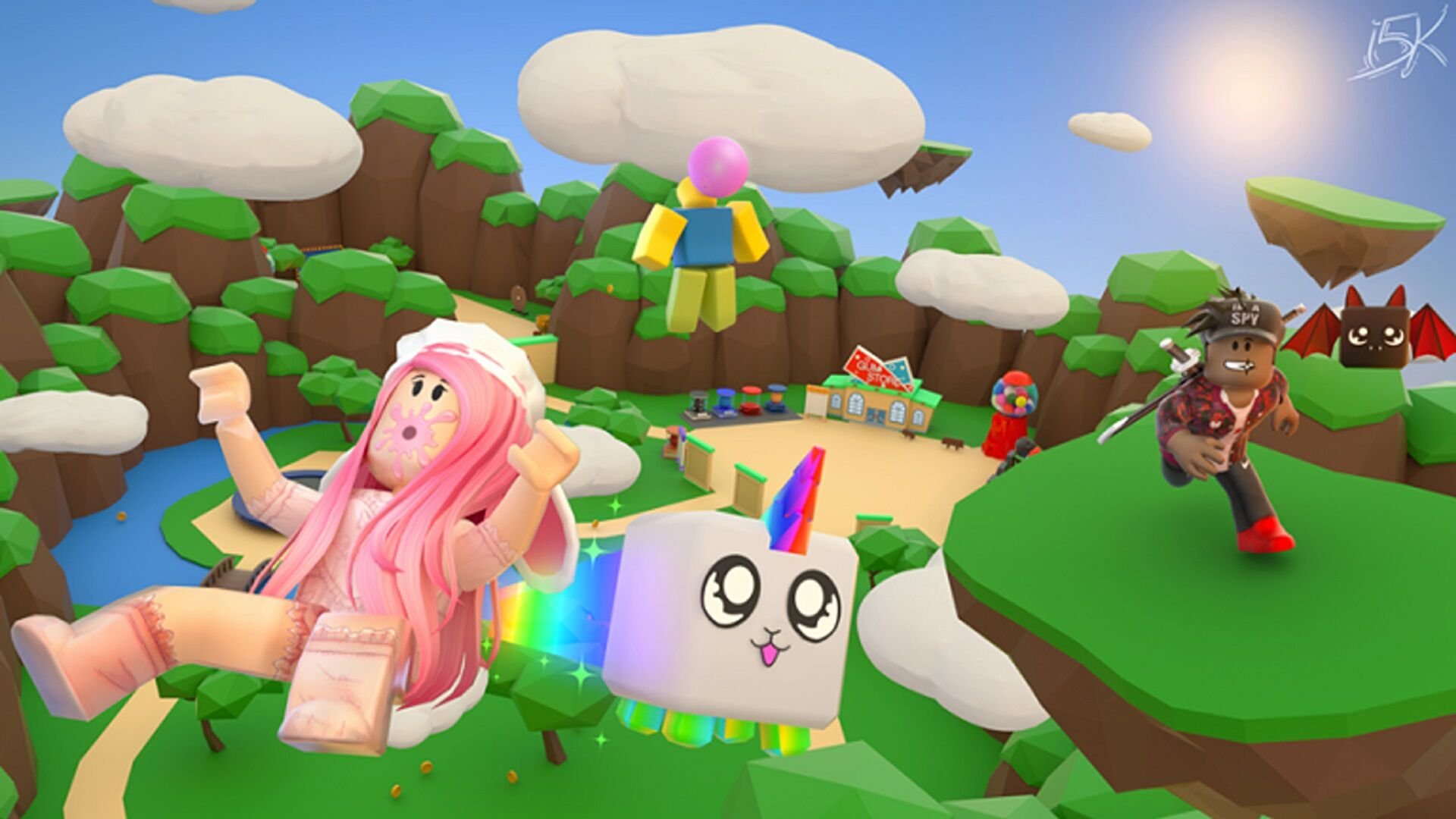
IMMERSIVE GAMING & BRANDS - 2022 UPDATE
DILLAH ZAKBAH & MARA DETTMANN
29/07/2022
Two years ago, at the height of all things lockdown, we explored the immersive online gaming boom and what it meant for brands – think Roblox, Fortnite, and, of course, Animal Crossing. Now, Creative Director Dillah Zakbah and Mara Dettmann (Digital Strategy & Content Lead) look at the latest state of online gaming – and how brands can get in on the action.
Unlike banana bread and the Tiger King, interest in gaming didn’t stop as the world reopened: PwC projects that the global gaming industry will be worth $321 billion by 2026. And the games are becoming more sophisticated, together with players’ expectations.
So whether you’ve already dabbled in gaming or are new to the scene, here are our takes on the latest developments – and (because we’re in the advertising business) how you can make them work for brands.
Understand the big shifts in online gaming
Dorky secret -> Mainstream pastime
Well into the 2010s, an interest in gaming was still an easy pop-culture shorthand for social awkwardness, if not pariahdom (perhaps most enduringly represented in the ‘Dungeons & Dragons player’ trope). But even before the pandemic, these perceptions had changed: from the serious commitment required for esports leagues to the continued growth of hyper-casual gaming, gaming is certifiably mainstream. (Dungeons & Dragons itself was reappraised as ‘cool’ back in 2019.)
‘Me against the machine’ -> Social mixer
Early computer games mostly involved one player against the computer (think: Pong). N64 and ilk made it increasingly easy to play your friends – and now, most online games allow you to play with (or against) friends across the world, and in different timezones.
Playing another character -> Joining the action yourself
You don’t have to be Mario anymore – most digital games now allow you to play as your own customisable avatar, so you can be anyone from a slightly enhanced version of yourself to someone completely different.
Playing -> Building
With platforms like Roblox and Decentraland, it’s less about having technical game-developing skills to than about having the right creative ideas – once you have those, building a game is as easy as building Lego.
Recognise that gamers are savvy – and hypersensitive to brands invading their ‘safe spaces’
For most players, gaming represents some form of escapism, often combined with virtual socialisation. Branded skins, billboards, and pop-up ads all disrupt that experience – they remind people of the things they’re trying to leave behind.
So brands: to really become part of a game, don’t just add a billboard or branded skin. (Fortnite, for example, is increasingly described a ‘sellout’ for its brand collaborations.) Think about how you can elevate the gamer in a way that’s authentic to your brand – what power ups true to you (and the game) can make the experience a better one?
When the (gaming) world zigs…
Beyond the ubiquitous Fortnite skins, there’s a glut of metaverse concerts and events – and the more experiences gamers can choose from, the higher the pressure is on brands to create something that genuinely stands out.
So ask yourself: why is the solution a concert? Is there a way to make it less passive, more interactive, and more real? What can the audience get out of it, and what comms and social chatter can we expect for the brand?
Stay up to date with how people are using the big gaming platforms – and what they want from them
Animal Crossing was the big lockdown gaming darling, an easy way into what we now call the metaverse (as long as you could get your hands on a Switch). But the low barrier to entry is starting to prove the game’s downfall: avid users have moved on to more sophisticated platforms that allow for deeper customisation.
One of these is Roblox, which offers significant scope for brands (more on that later), while brands recognise that Minecraft is more niche and players tend to be especially sceptical of corporate involvement. That’s why education-driven NGO-style initiatives like The Uncensored Library are a strong fit for the platform – though brands like Lacoste are also experimenting.
We’ve mentioned the declining interest in Fortnite, but Decentraland and Sandbox are still up and coming: they combine the lure of building your own world (the appeal behind Roblox and Minecraft) with the concept of ownership that underwrites NFTs and digital wallets. Essentially: if you have a crypto wallet, you can find a purpose for it on Sandbox and Decentraland – so as crypto becomes more mainstream, we think these platforms will as well. For recent activations, just look at what US TV network CBS built for its show Ghosts on Decentraland…
Most importantly: Tap into behaviours and desires unique to each game and platform
Case in point: The Samsung Galaxy Superstar experience, which BBH USA created for Roblox. It started with an insight about our Gen Alpha (and younger Gen Z) audience: though 25% of 10 to 19 year olds are active TikTok users, parents generally don’t want them to share videos of themselves. But these kids don’t want to miss out on dance challenges – hence they’re posting TikToks of their Roblox avatars (emotes) dancing.
Combined with the insight that more than half of 13-20-year-olds aspire to be online celebrities (think: as YouTube or TikTok influencers), we resolved to build a brand relationship with them by helping their dreams come true: the Samsung Superstar Galaxy simulator lets kids become galactical performers with exclusive dance moves.
As a hook, we partnered with Gen Z favourite Charli XCX – she became the guide who showed our audience how they can live their superstar dreams. Finally, the kids who were practising their virtual dance moves on Roblox got a chance to perform on stage with the Charli XCX metaverse concert.
Initial results show that it worked: within a week, the experience saw over 5 million active players and 20 million plays.
TL;DR:
Immersive gaming is here to stay, with more brands getting involved. To create gaming experiences that are memorable, don’t think about how to force your brand into the action – instead, think about actual gamers’ behaviours and aspirations (both in the gaming world and beyond), and how you can build on those to create something truly unique and ownable.




